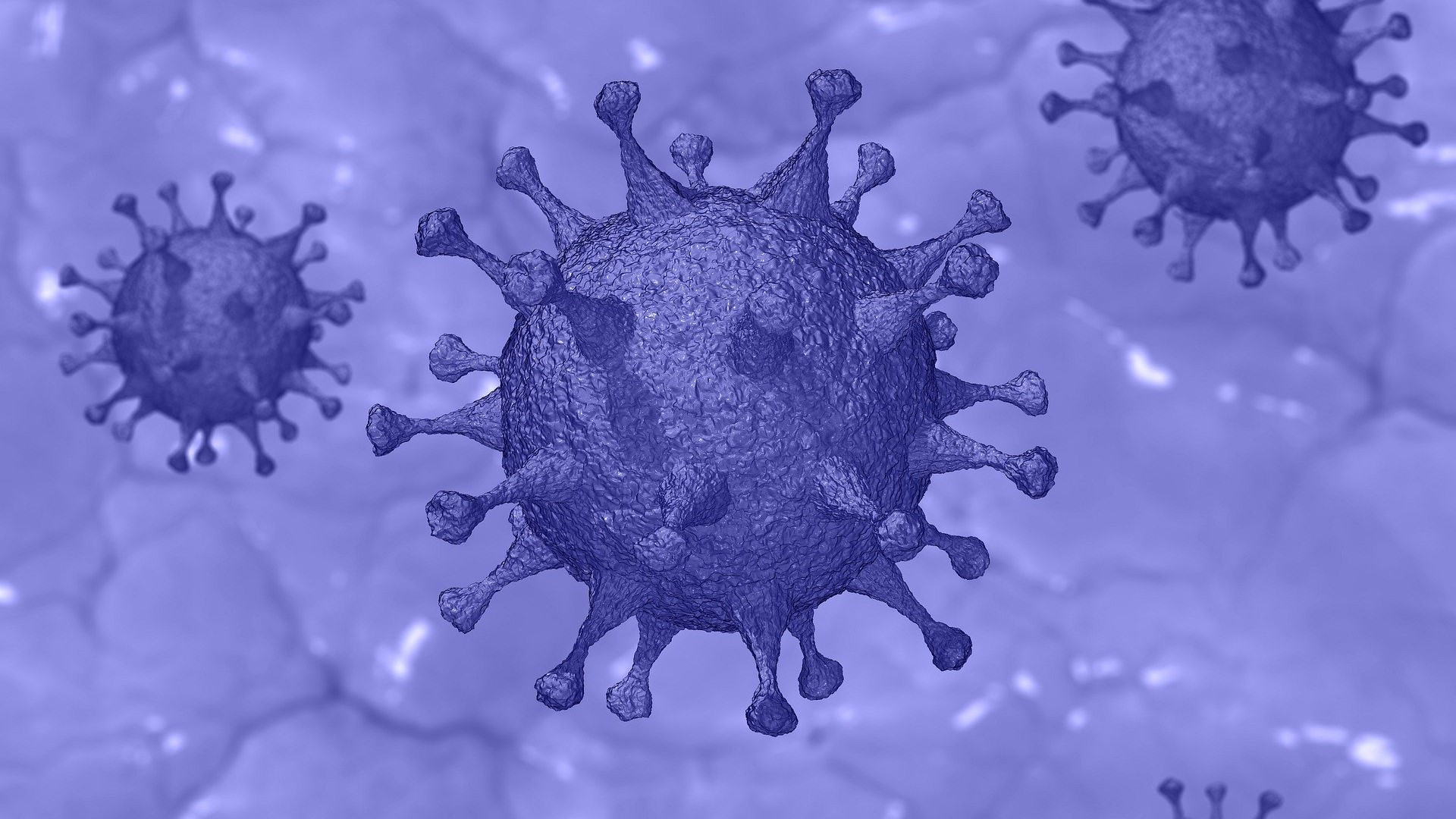Prof Nick Wilson, Dr Matthew Parry, Dr Ayesha Verrall, Prof Michael Baker, Prof Martin Eichner (author details*)
This blog details a recent modelling study we conducted. In it we estimated that it would take between 27 and 33 days of no new detected cases of COVID-19 for there to be a 95% probability of epidemic extinction in NZ (at around current testing levels). For a 99% probability of epidemic extinction, the equivalent time-period was 37 to 44 days. So now the country urgently needs the Ministry of Health to provide an official definition of elimination and to upgrade the data on its website so that the public, the media and researchers can monitor progress towards achieving the goal.



